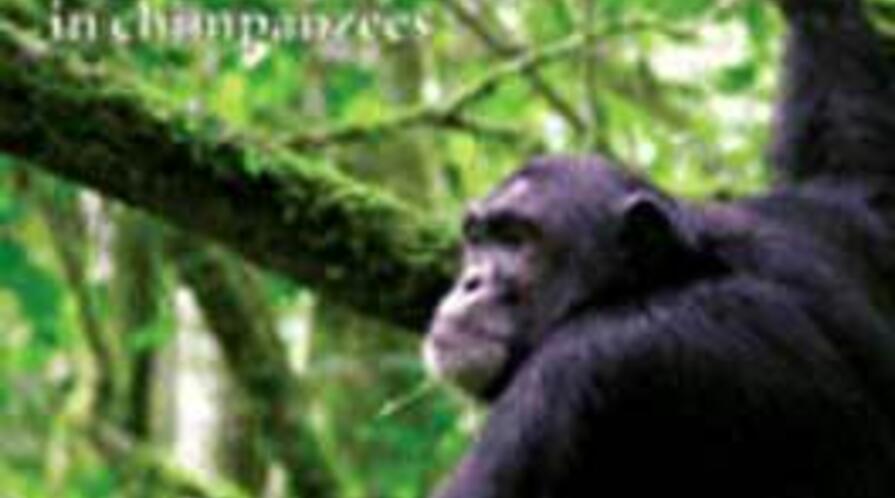Climate change a threat to Indonesian agriculture, PNAS study says

A new study published May 8th in the Proceedings of the National Academy of Sciences (PNAS) finds that Indonesian rice agriculture is greatly affected by short-run climate variability, and could be significantly harmed by long-run climate change. Indonesia is the fourth most populous country in the world, one of the world's largest producers and consumers of rice, and is characterized by a population of rural poor who depend on rice agriculture for their livelihood.
"Agriculture is central to human survival, and is probably the human enterprise most vulnerable to changes in climate", notes lead author Rosamond Naylor, Director of the Program on Food Security and the Environment at Stanford. "This is particularly true in countries such as Indonesia, with large populations of rural poor. Understanding the current and future effects of changes in climate on Indonesian rice agriculture will be crucial for improving the welfare of the country's poor".
Rice growers facing shortened rainy season
The PNAS study, entitled 'Assessing the risks of climate variability and climate change for Indonesian rice agriculture', was a joint effort among a team of scientists at Stanford University, the University of Washington, and the University of Wisconsin. The study finds that rice production in Indonesia is greatly affected by year-to-year climate variability -- in particular the variability caused by El Nino/Southern Oscillation (ENSO) events in the Pacific Ocean. During a warm ENSO event (or 'El Nino'), the arrival of the monsoon rains is delayed, disrupting the planting of the main rice crop and prolonging the 'hungry season' in Indonesia. "During a bad El Nino event, farmers literally wait months before they can plant their crop, resulting in a harvest that is months late and often much smaller in size", says Naylor.
The authors then analyzed how climate change could effect rainfall and agriculture in Indonesia. Using output from 20 global climate models (GCMs), running two emissions scenarios, and tailoring the GCM projections to the complex local topography of the Indonesian archipelago, the authors found that the probability of experiencing a harmful delay in monsoon rains could more than double in some of the most important rice growing regions in Indonesia.
"Most models predict that the rains will come later in Indonesia, it will rain a little harder once the monsoon begins, and then it will really dry up during the summer months," says David Battisti, co-author and atmospheric scientist at the University of Washington. "So Indonesia could be looking at a much shorter rainy season, with an almost rainless dry season in some areas, squeezing rice farmers on both ends".
While the study cannot directly address changes in the frequency or intensity of ENSO events under future climate change -- still an area of active research -- the authors conclude that even if there were no changes in the basic pattern of ENSO, Indonesian rice growers will be facing a significantly shortened rainy season. In the absence of adaptive measures, these growers could suffer greatly.
Adapting for change
What adaptive measures could be taken in the face of harmful short-run variability and long-run change in climate? In the short run, the science of ENSO prediction has advanced to the point that reasonably high-confidence ENSO forecasts are available at least two seasons in advance. A forecasting model developed by the authors is now being used to by the Indonesian Agricultural Ministry to anticipate and plan for ENSO events and their effects on agriculture. The authors are also working with Indonesian officials to develop longer-run strategies which address the anticipated effects of climate change on agriculture in the country. Such strategies could include investments in water storage, development of drought-tolerant crops, and crop diversification for those farmers at greatest risk.
Along with its important findings for Indonesian policy-makers, the study design itself is a novel contribution to the literature. "To our knowledge, our study is the first climate-agriculture study that uses projections from all available GCMs to look at climate effects in a specific region", explains Battisti. "Thus more than past efforts, our study captures the range of uncertainty across different projections of future climate, knowledge which will be crucial for long-run thinking about how to respond."
Battisti also notes that the use of empirical downscaling models in the study, which translate GCM output into useable regional forecasts of changes in climate, is a technique missing from most other studies of climate and agriculture in the tropics, an omission that could render their regional climate projections untrustworthy. Naylor adds: "From a scientific perspective, its imperative that we now replicate this kind of study elsewhere, in order to start building a more complete picture of the effects of climate change on agriculture." The team has begun a similar study in China this spring.
